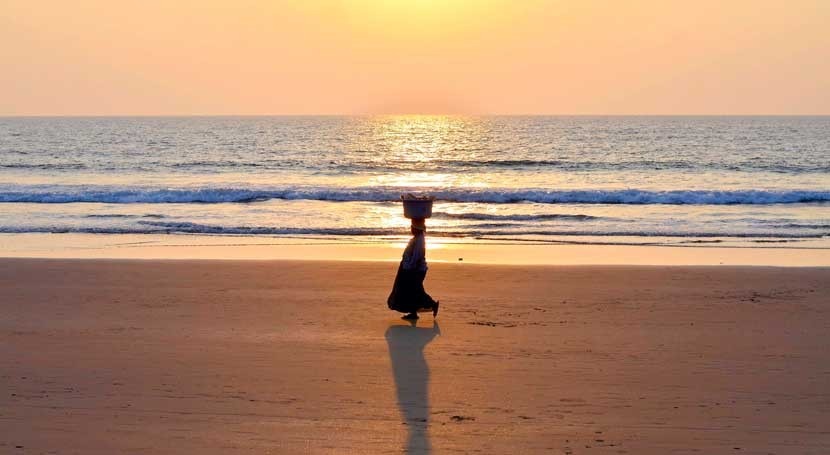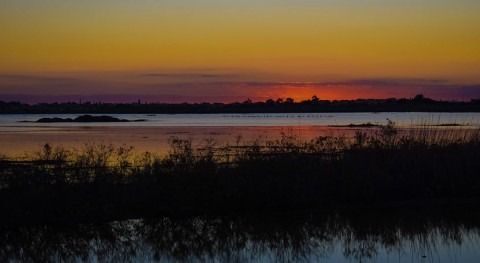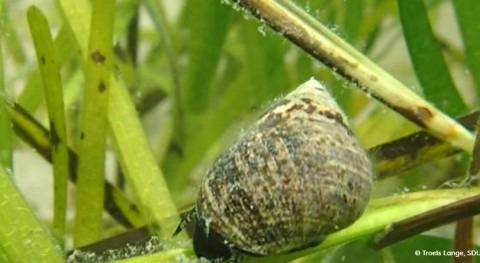600 million Indians are at risk of water shortages, and 8 million children are facing immediate health risks due to poor water supply, according to the annual water report, Composite Water, which is backed by the Indian government.
But now the Indian government has launched comprehensive initiatives to ensure clean drinking water for India’s citizens. Initiatives that researchers in environmental technology from the University of Southern Denmark will help to implement.
One of the government’s ambitions is to secure all households in India access to drinking water and toilets. This is ambitious, as approximately 82 % of rural houses do not have piped running water.
Use twice as much water
- The women spend half the day fetching water, so it would mean a tremendous amount for the entire standard of living and social development if the women were able to free up that time, says Professor and Head of Department Jens Ejbye Schmidt from the Department of Chemical Engineering, Biotechnology and Environmental Technology.
He has recently returned from Delhi upon signing a letter of intent in which SDU will provide expert assistance in connection with the rollout of the Indian government’s ambitious water plan.
One of the lowest-hanging fruits is the deployment of water-saving technologies. For while the average Dane only uses 100 litres of water a day, an Indian uses about 200 litres.
- The water was literally gushing out of the hotel shower in Delhi. You’re never going to see that in Denmark. But when I tell them that the Danes started saving water after water taxes were introduced, the Indians say “that willl never happen here”, Jens Ejbye Schmidt emphasises:
- The cultural differences are huge, and much of our work is concentrated on enlightenment, but the environmental problems in India are so massive and complex. The amount of groundwater is decreasing and the rivers are dirty. We must therefore attack the problem on many different fronts.
Waste water treatment plants generate energy
For the researchers at SDU, it’s about getting the Indians to understand the connection between the energy and water sectors. India cleans only 30 percent of its waste water. In Denmark, the waste water treatment plants are light years ahead. Not only do they purify the waste water, they also generate energy from the waste water sludge.
- It goes without saying that if we can prove to the Indians that purifying the waste water using the latest technologies not only will help the environment, but also makes for good business, then they will be very interested, Jens Ejbye Schmidt emphasises.
- A state-of-the-art waste water treatment plant gives you lots of possibilities. Imagine if the massive air pollution in Delhi could be combated by cars running on biofuels made from the local sewage sludge, says Jens Ejbye Schmidt.





